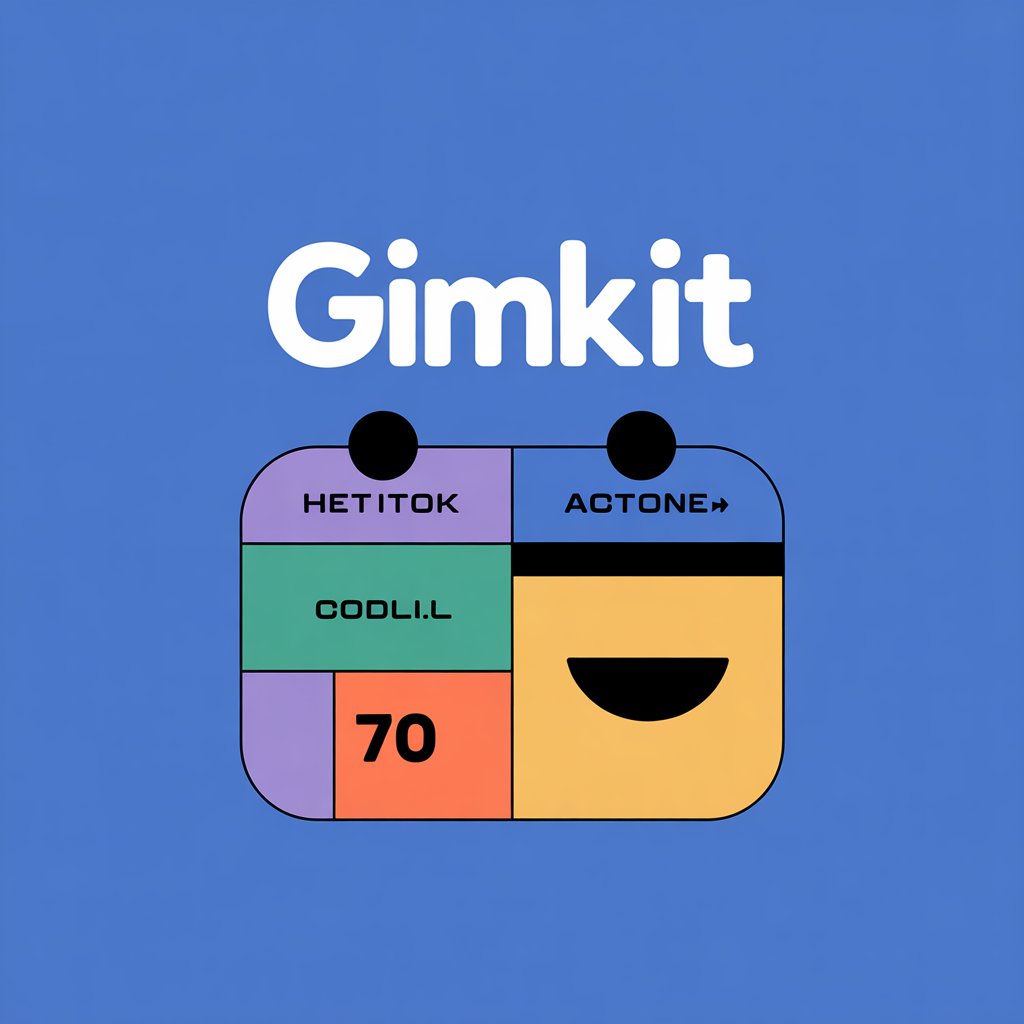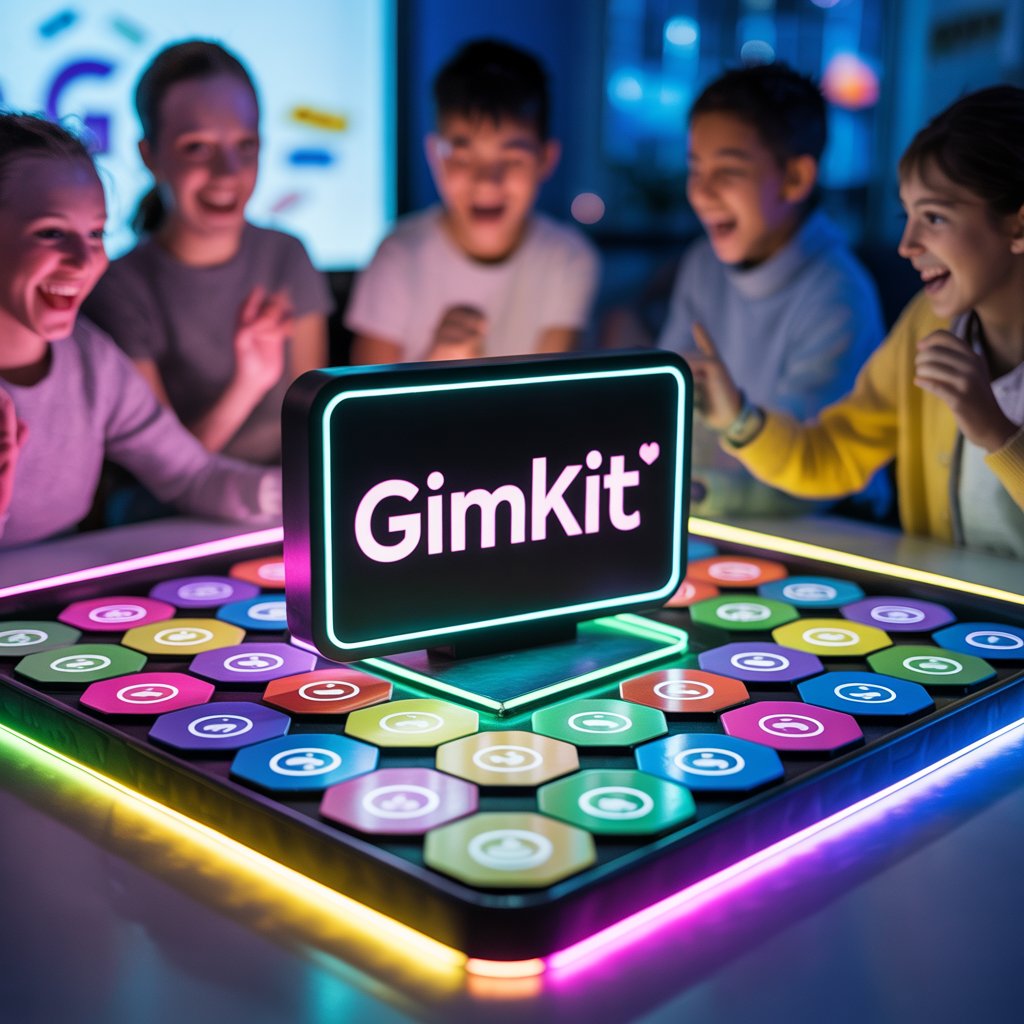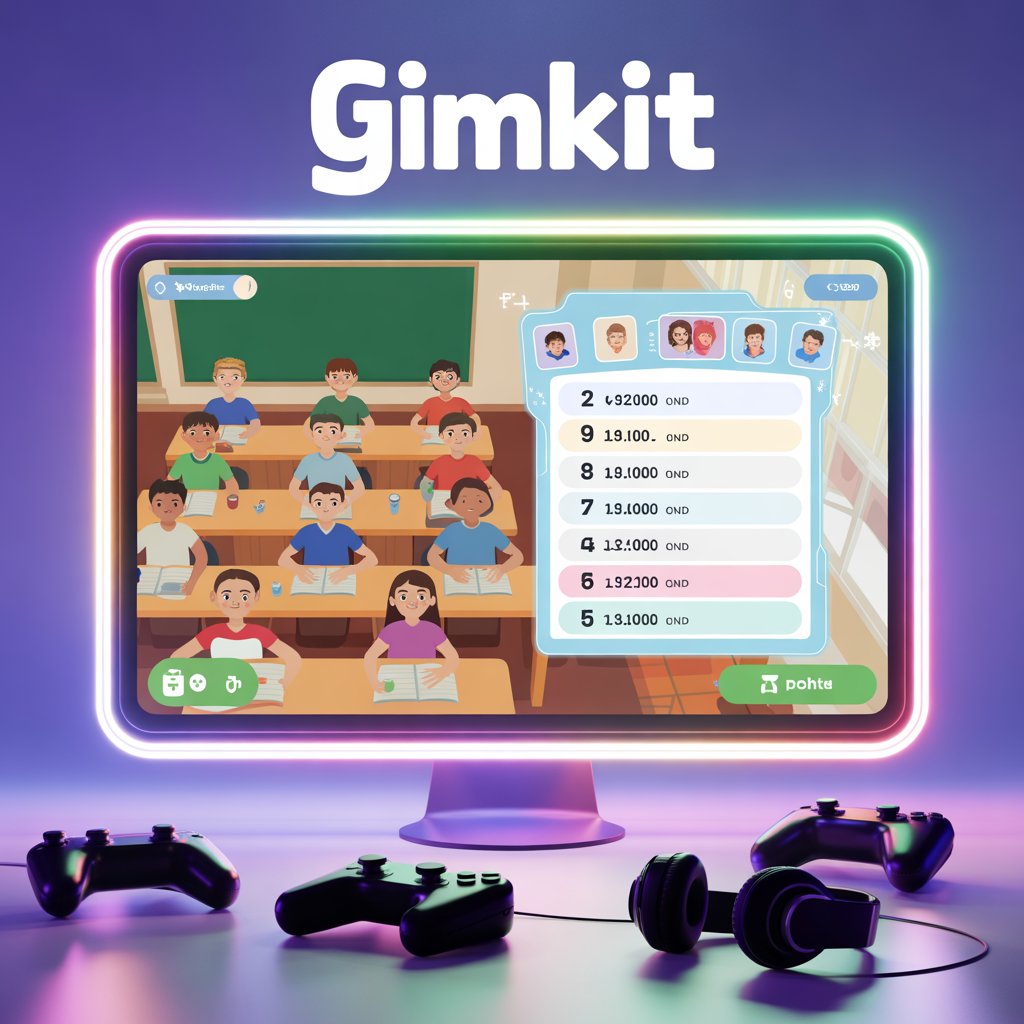Top Solutions for Printable Invitations for Free: Create Beautiful Designs Without Spending a Cent
Planning an event doesn’t have to come with a big price tag—especially when it comes to invitations. Today, anyone can design and print stunning invitations without hiring a designer or…










